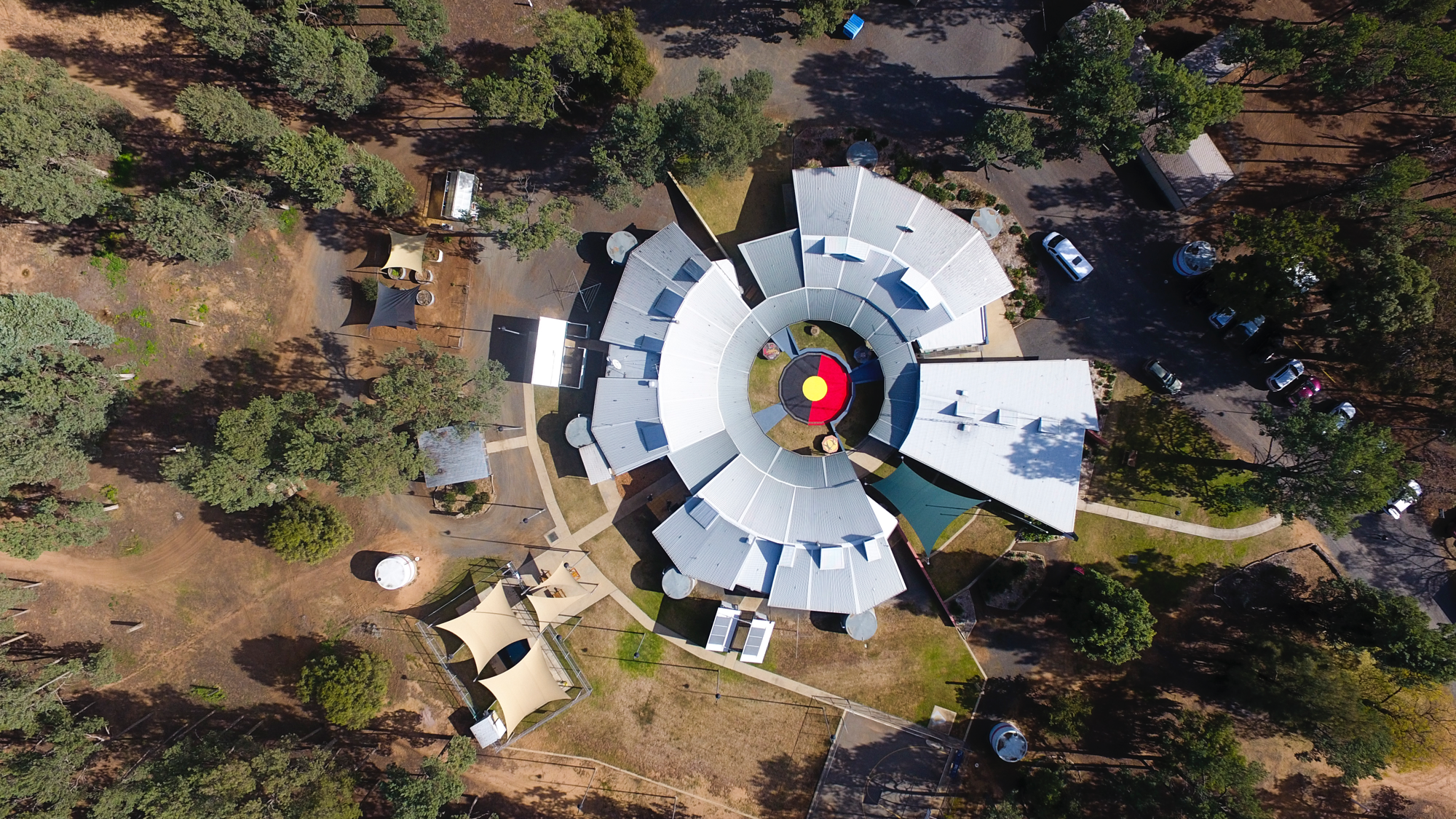Ron Lawler was employed as Coordinator of the Ramingining Homelands Resource Centre (Arnhem Land) for four years. He then went on to serve for 22 years in public sector management in southwestern New South Wales, working principally with First Nations communities and community service providers. He serves on the board of Tirkandi Inaburra, a First Peoples-managed program that he helped establish to strengthen the cultural identity, self-esteem and resilience of Aboriginal boys aged 12 to 15 years, diverting them from the justice system.
 Ron was the guest presenter in Module 1 – Authentic Leadership at the IofCA workshop series, Turruk – Trustbuilding through truth hearing and truth hearing. He shared his personal reconciliation journey with a deep commitment to truth telling for national healing. Below are snippets from his presentation:
Ron was the guest presenter in Module 1 – Authentic Leadership at the IofCA workshop series, Turruk – Trustbuilding through truth hearing and truth hearing. He shared his personal reconciliation journey with a deep commitment to truth telling for national healing. Below are snippets from his presentation:
‘Koori communities call public servants visiting their communities in western NSW the “Mirror Men” because when we are keen to get away from a difficult meeting we say we are going to, “look into it.” Their experience too often is that is the last they hear of it and trust is lost.
‘It is important to deliver on what you promise. It is more important how you come back from stuffing up.
‘Whilst working for the homelands people in the remote Arnhemland community of Ramingining I was confronted one day, with what I thought was an accusation by one of the old men that I was not doing my job. I angrily denied it and threw a file on the ground mid-board meeting. He stood shaking in rage and moved towards me; fists clenched. One of the senior women intervened. I apologised for my action. He came back to me, still not too happy but we shook hands.
‘Soon after he told me about his family massacred by cattlemen when he was a child. This was looking the truth of my country square in the face. We then resolved issues around a project for his homeland.

'Massive rivers snake through swampy coastlands. We drove to the barge landing from Ramingining for over 15 kms, on a road that disappears into the swamp in the wet season, to pick up supplies. The other option was to drive for 12 hours to Darwin with 13 river crossings. There are still no bridges but now the time is cut in half by bigger roads, but without the excitement of bull dust to slip-slide on.' - Ron Lawler
‘Trustbuilding is an indispensable means, not an end. It is the beginning of a journey. It gets things done that need to be done, often making the complex simple and do-able. You have to earn trust and that can take time and committed effort. You can sustain it or squander it depending on how much of your ongoing attention it gets.
‘I was just a bureaucrat trying not to be a “Mirror Man”, but responsive in as honest a fashion as I could.
‘I am a colonial Australian from a very ordinary background and descended from many European ancestries. Mine was the first generation to go to University. What I have learnt over the years is that even I could be a trustbuilder, and therefore part of changing the world, if I am open to fresh challenge.
‘We are all more important than we think, except if we are self-important. Feeling “needed” is a better word than “important”.’
Through a three-year Trustbuilding Project, Initiatives of Change (IofC) Australia is working in partnership with First Nations leaders to build relationships of trust through truth telling and truth hearing. The first workshop series ‘Turruk’ was launched on 8 October and is running fortnightly on Fridays till 19 November. Find out more about the workshop series here.

The purpose built centre, designed with First Nations young people, for the Tirkandi Inaburra program. Ron Lawler serves on the Board of Tirkandi.
Header Image:
Memorial at the National Gallery in Canberra since 1988. Painted by 43 artists, mostly from the Ramingining area, it consists of 200 traditional hollow log coffins or 'dupuns' — one for each year of European settlement and representing the First Nations people who died defending their land and denied a proper burial.
Image provided by Ron Lawler

